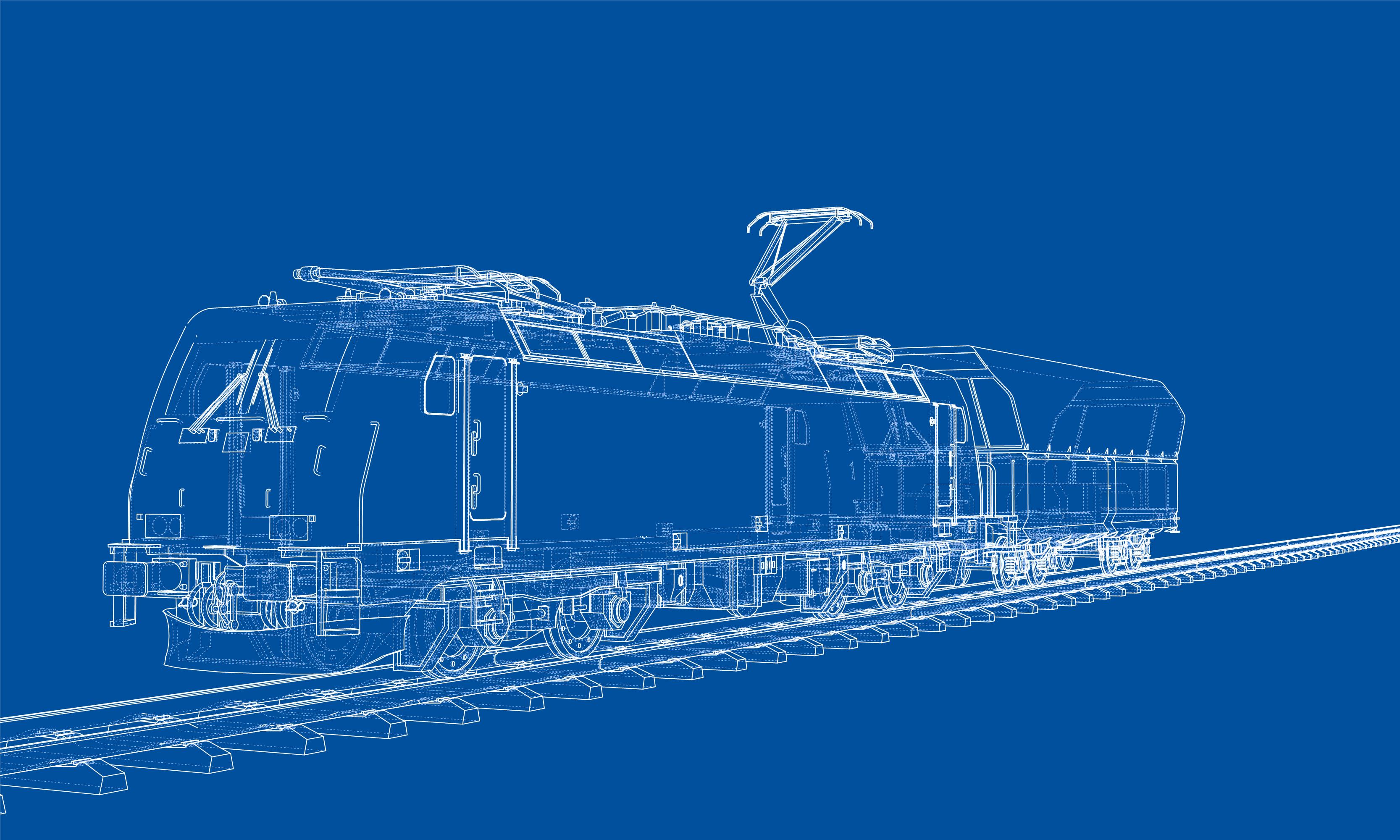
Maximizing Locomotive Safety with Remote Video Monitoring
2024-09-04 16:43
Introduction
Locomotive safety is a critical element in the transportation industry, where ensuring the safety of both passengers and operators is paramount. Remote video monitoring is transforming the approach to railway safety by offering real-time surveillance and enhanced operational control. This technology enables continuous monitoring of locomotives and their environments, significantly improving risk detection and preventive measures.

Real-Time Monitoring and Response
High-definition cameras integrated into locomotives provide a continuous stream of visual data, which is transmitted to centralized monitoring centers. This setup allows operators to observe track conditions, onboard activities, and locomotive health in real time. The immediacy of remote video monitoring systems enables swift detection of any anomalies or emergencies, allowing operators to take proactive measures before situations escalate into more serious incidents.
The integration of real-time data transmission and instant communication between the locomotive and the control center ensures that critical decisions are made with up-to-date information. This minimizes response times in the event of mechanical failures or environmental hazards.
Improved Crew Safety
One of the most significant advantages of remote video monitoring is the reduction of the need for manual inspections by crew members. With fewer physical checks required, personnel are less exposed to hazardous environments, thus improving their safety. The visual data provided by the remote monitoring system allows the crew to assess locomotive conditions without leaving the safety of their control stations.
Moreover, wireless communication between the remote monitoring center and the locomotive enhances operational safety. This constant exchange of information provides real-time feedback, enabling quick adjustments and precise control over locomotive components during operation.
Enhanced Security
Visible security cameras onboard locomotives act as a strong deterrent against unauthorized access and potential vandalism. The presence of surveillance equipment discourages would-be intruders and provides operators with an added layer of security. In addition, remote video monitoring systems are often equipped with features that enable audible warnings or alerts, which can be triggered when suspicious activity is detected. This proactive approach helps prevent incidents before they occur and keeps the locomotive environment secure.
Effective Evidence Collection
In the event of an accident or security breach, the recorded video footage provides a valuable source of evidence for investigations. High-quality video recordings, paired with metadata such as timestamps and location data, create an accurate and verifiable record of events. This footage can be used to reconstruct the incident, helping investigators identify the cause and take appropriate corrective actions.
The ability to review recorded footage also aids in refining safety protocols. Lessons learned from previous incidents contribute to continuous safety improvements across the rail network.
Integration with Other Systems
Remote video monitoring systems are not standalone solutions but can be integrated with other locomotive monitoring technologies, such as condition monitoring and predictive maintenance tools. This holistic approach allows for a comprehensive view of the locomotive's operational health, ensuring that potential issues are detected early and addressed before they lead to failures.
Additionally, the seamless integration of remote video monitoring systems with access control and alarm systems enhances operational efficiency. When combined, these systems provide a synchronized response to potential threats or mechanical issues, further improving safety and security.
Conclusion
Implementing remote video monitoring in locomotive operations is a significant step toward maximizing safety and security. By enabling real-time surveillance, improving crew safety, enhancing security measures, and providing valuable evidence collection, this technology offers a comprehensive solution for modern rail operators. As the technology continues to evolve, it will undoubtedly play an even greater role in advancing railway safety standards and ensuring the protection of both passengers and personnel.
